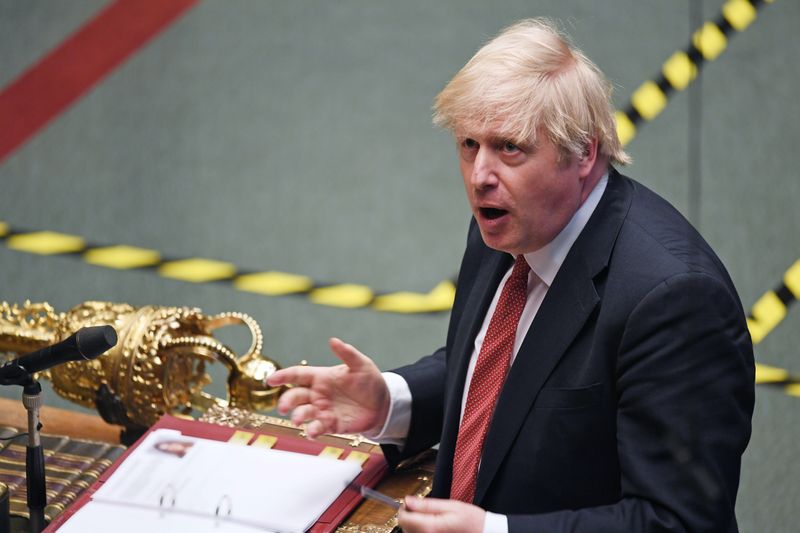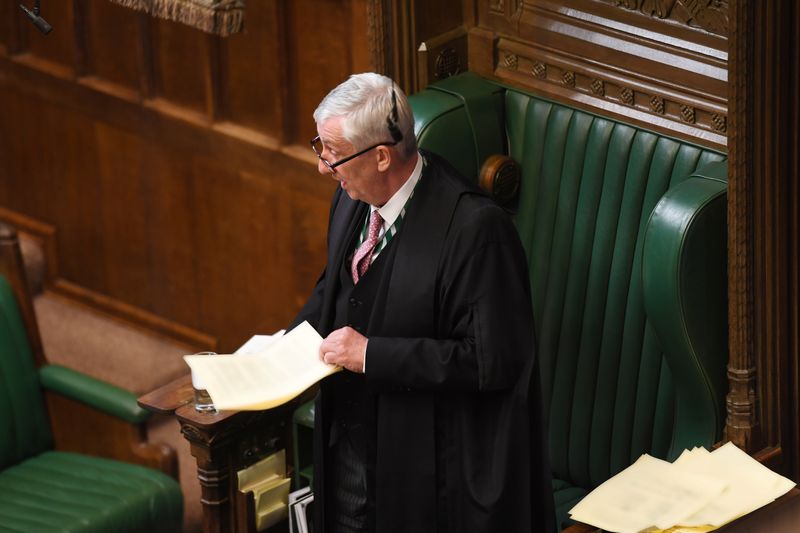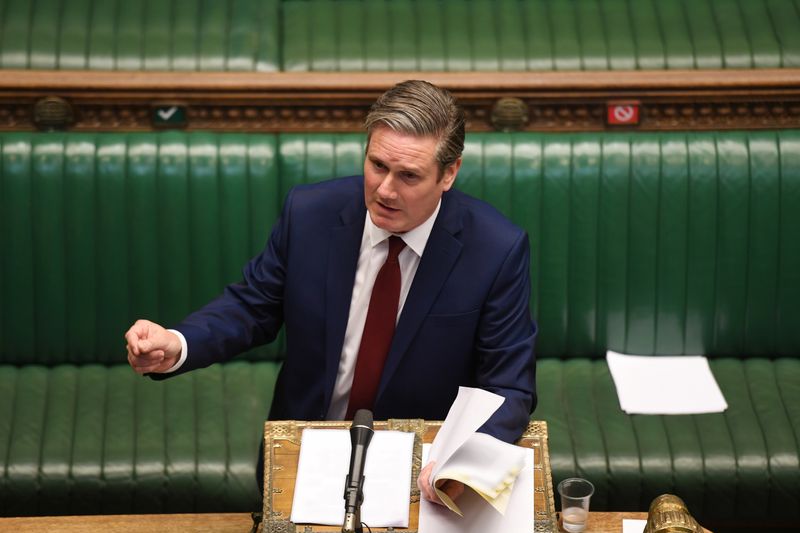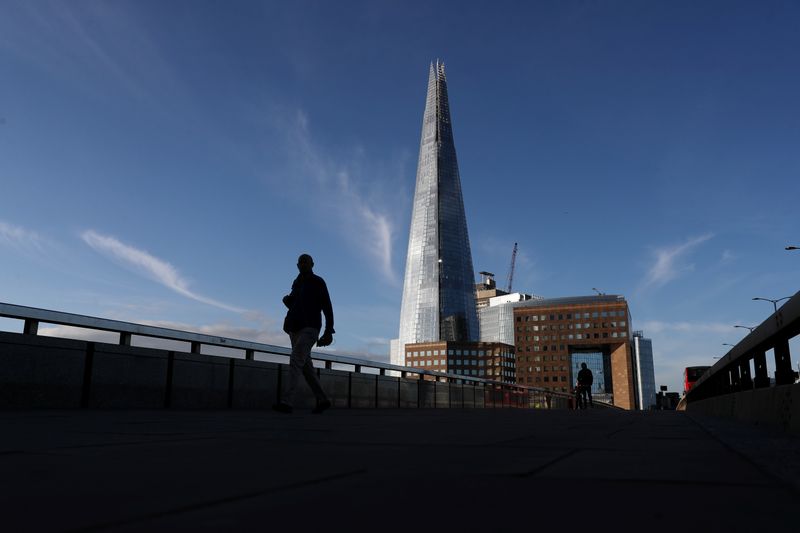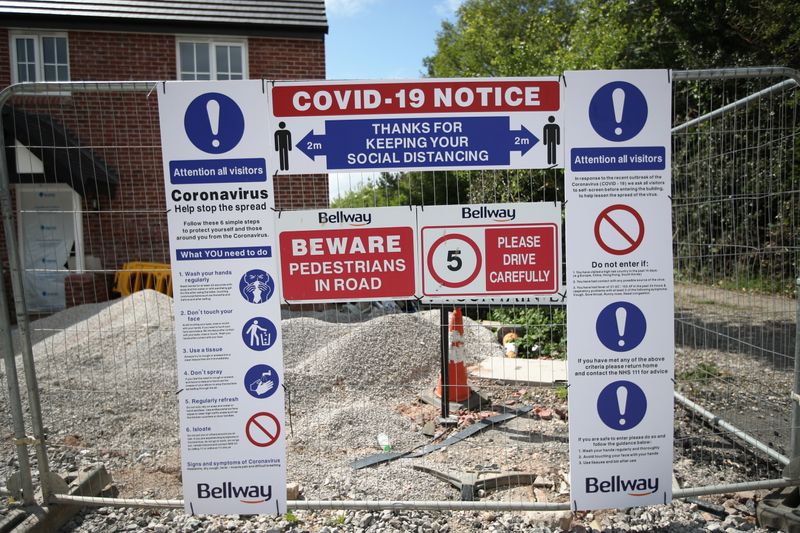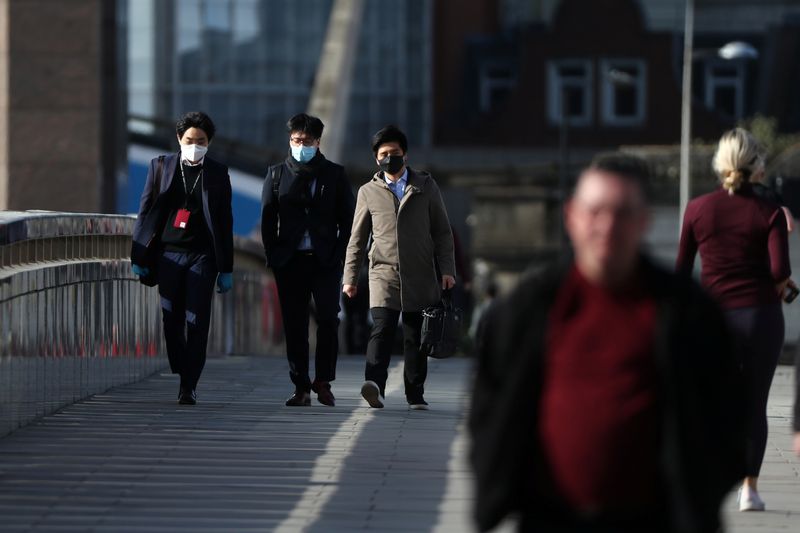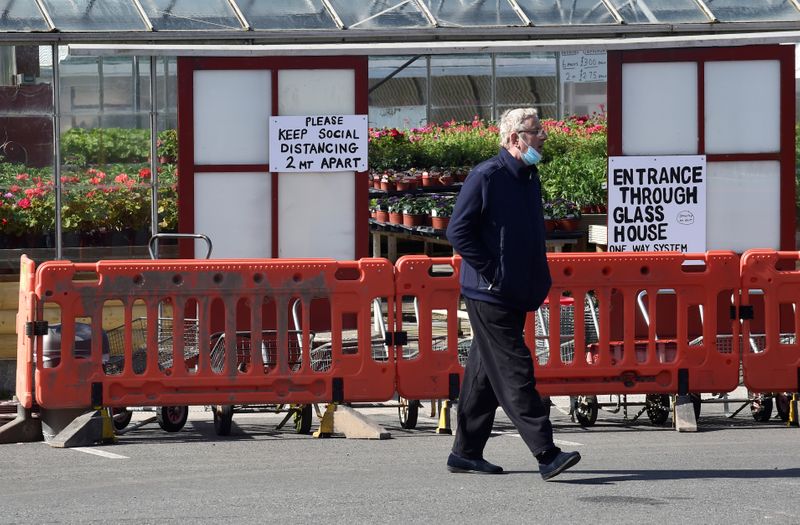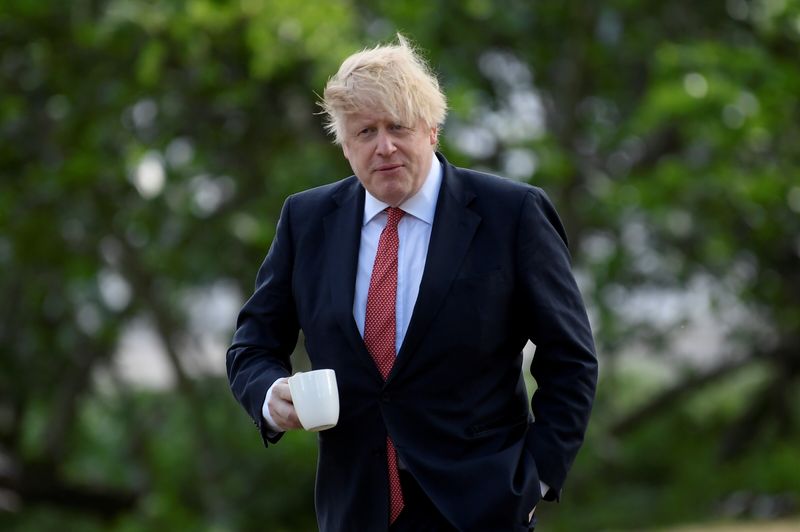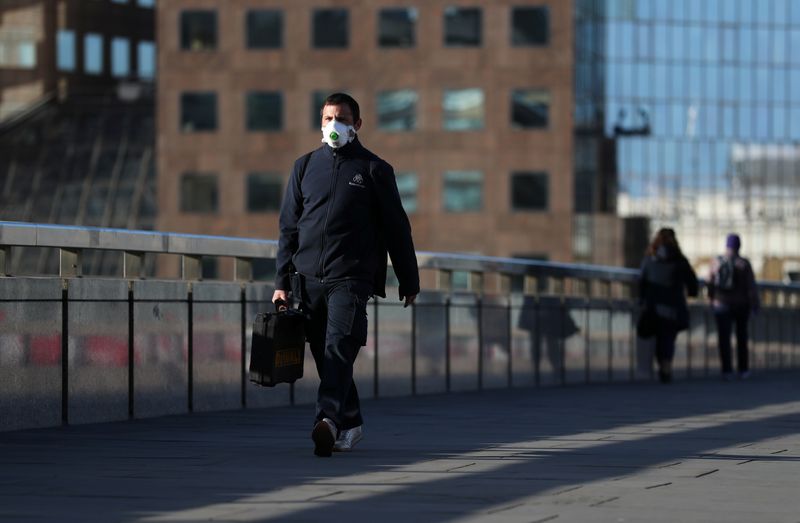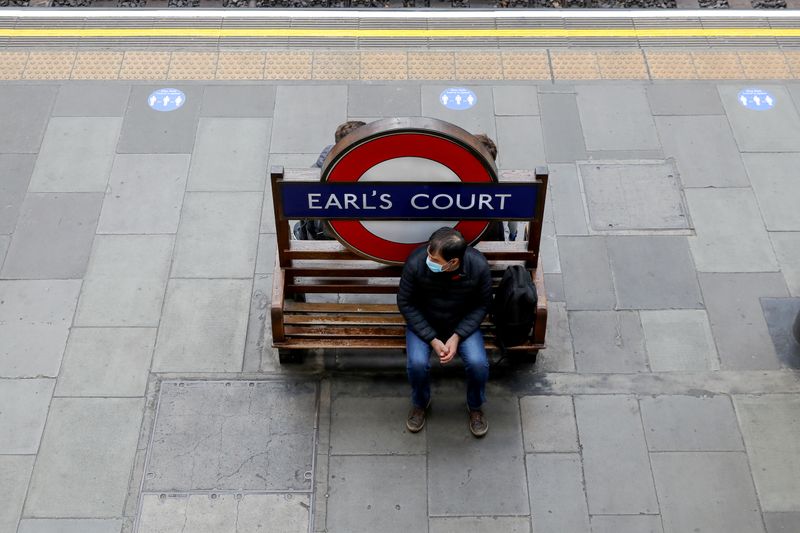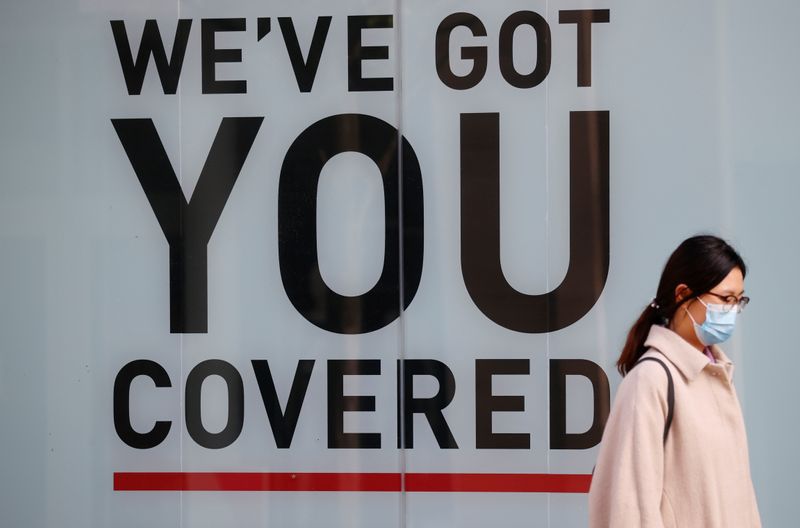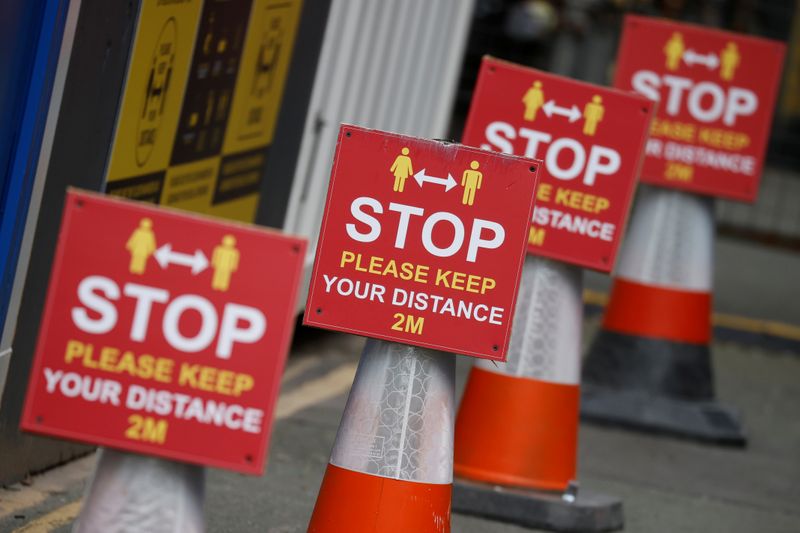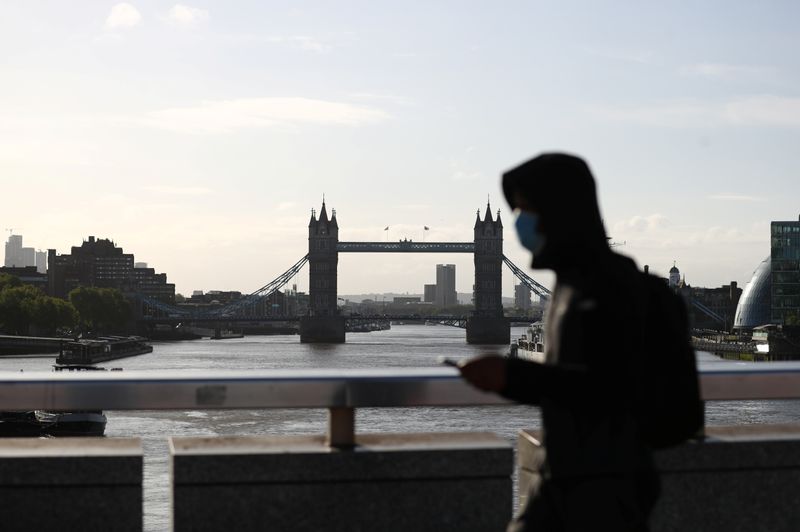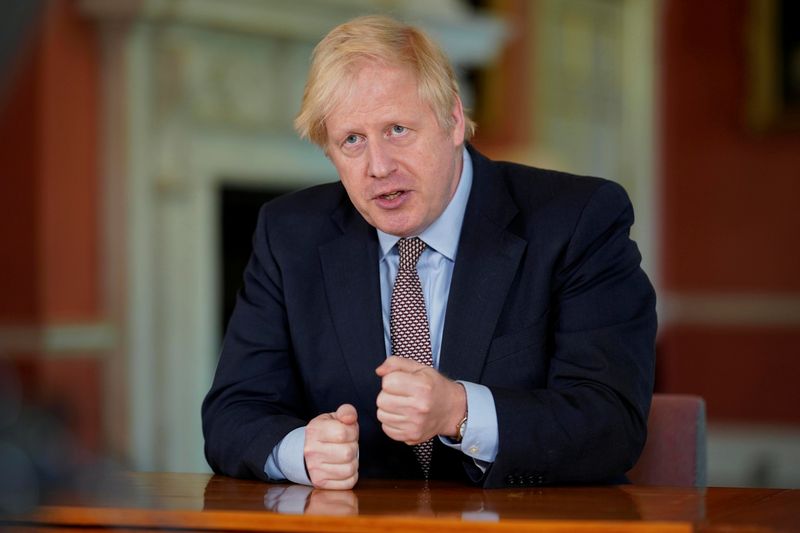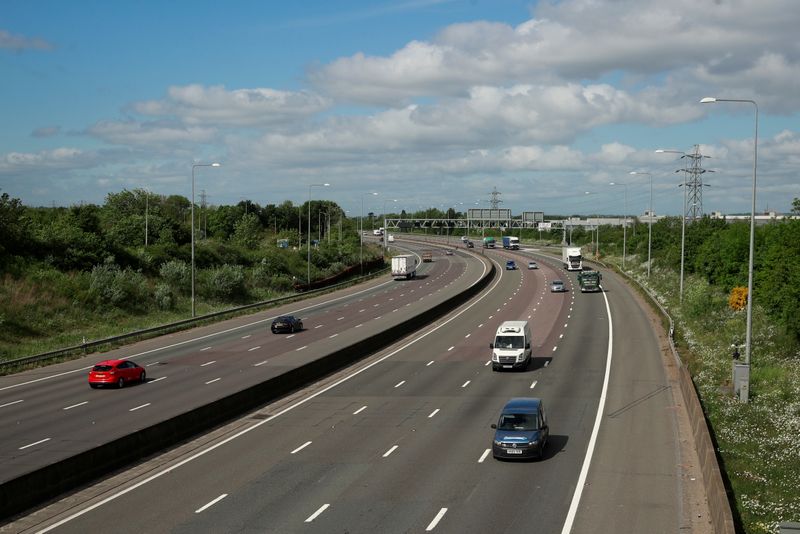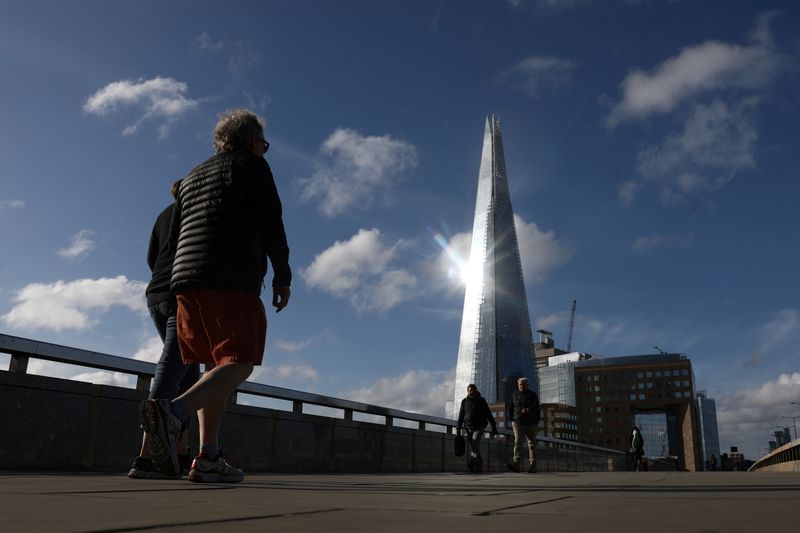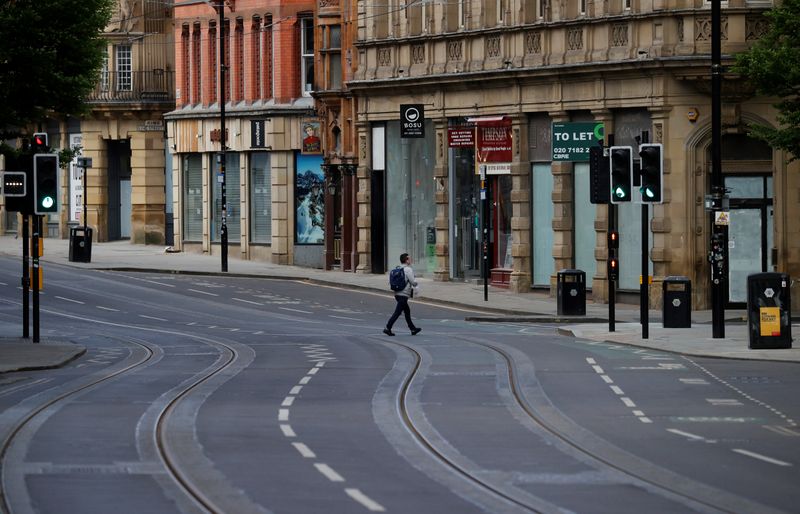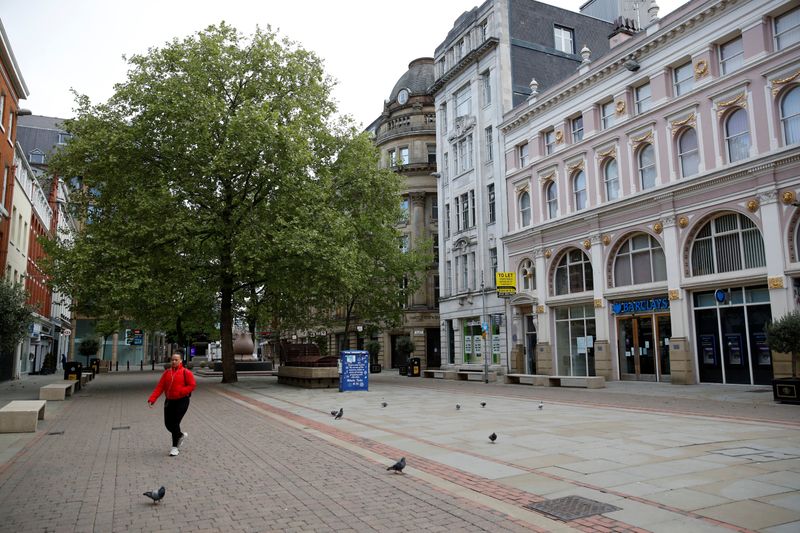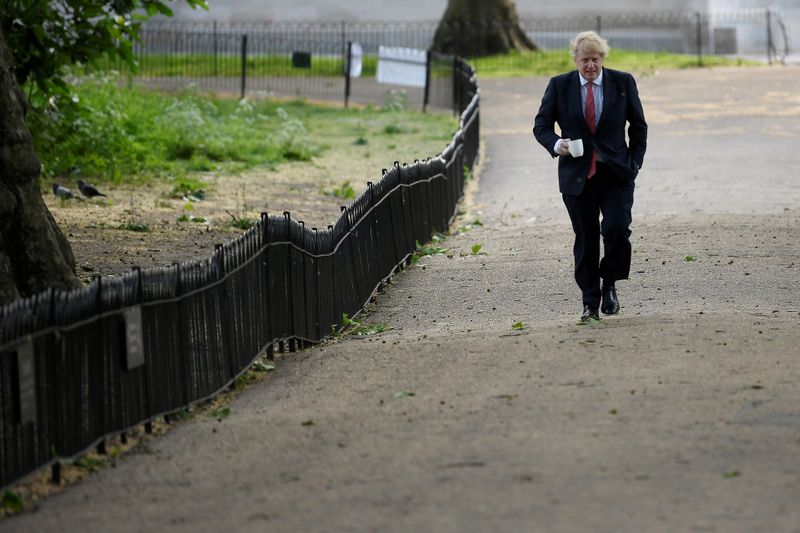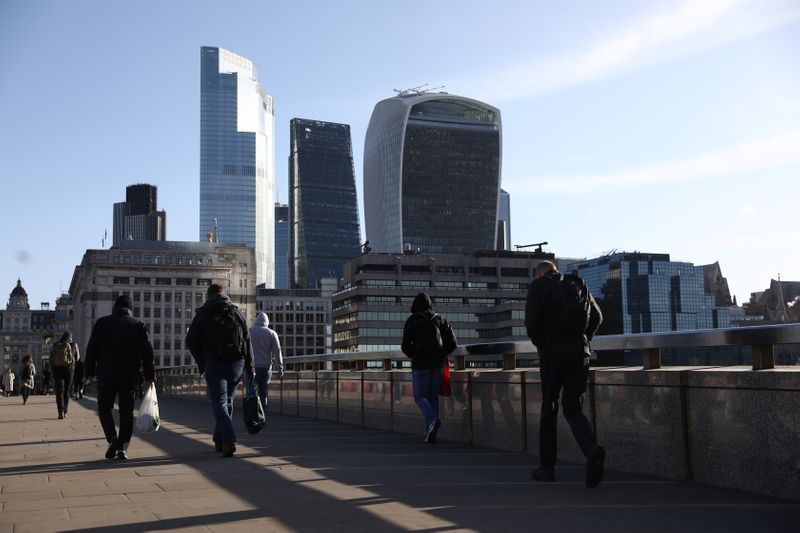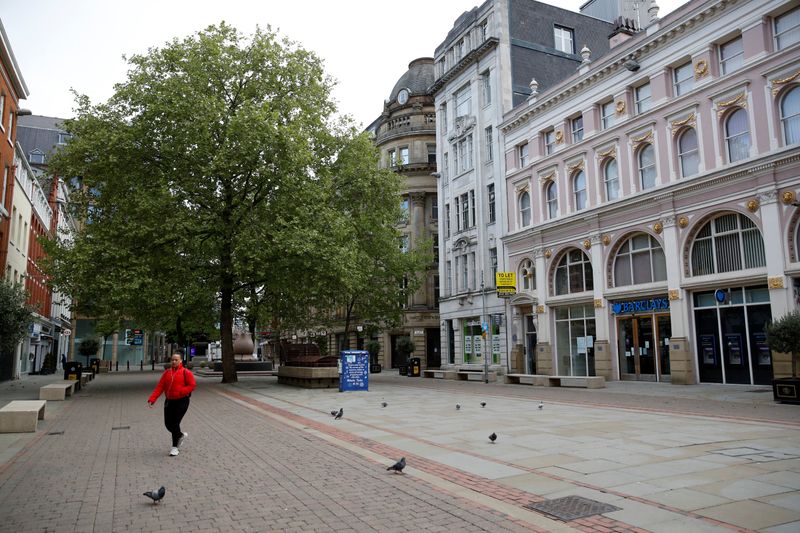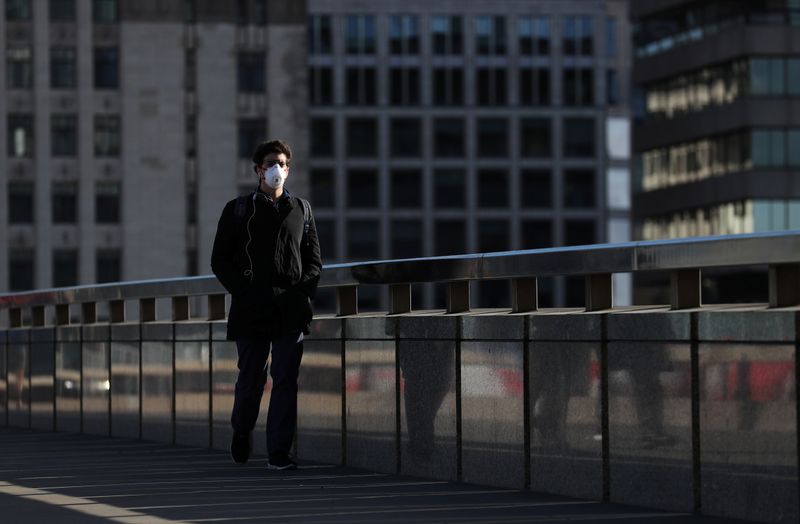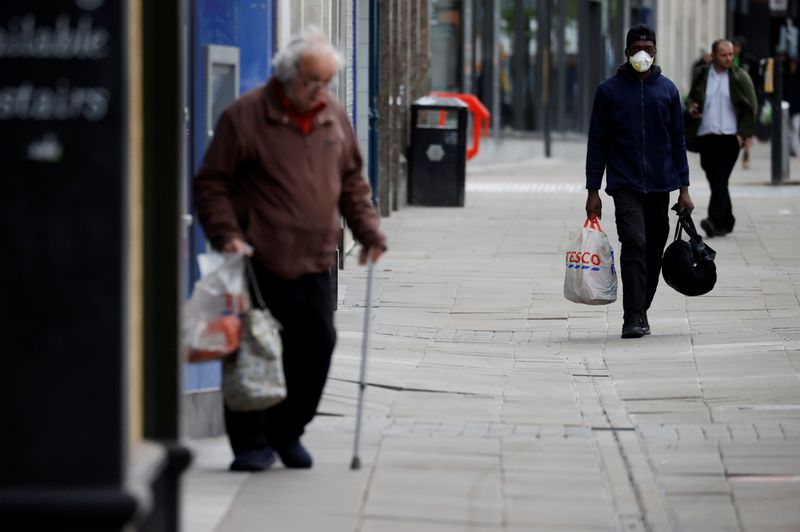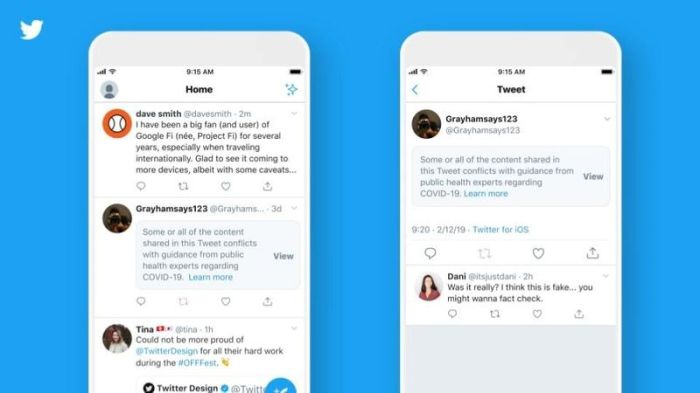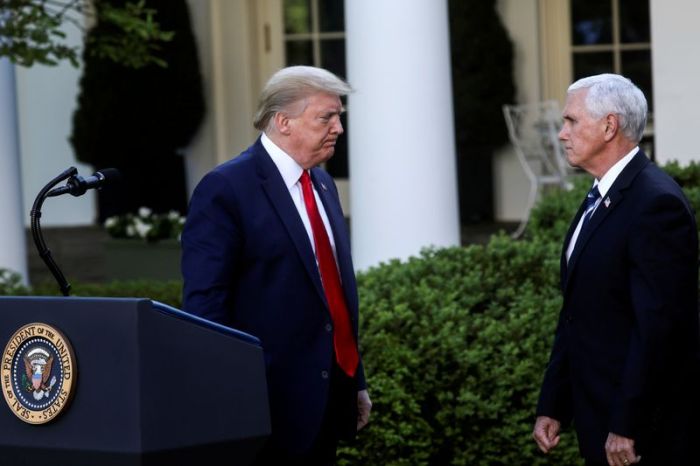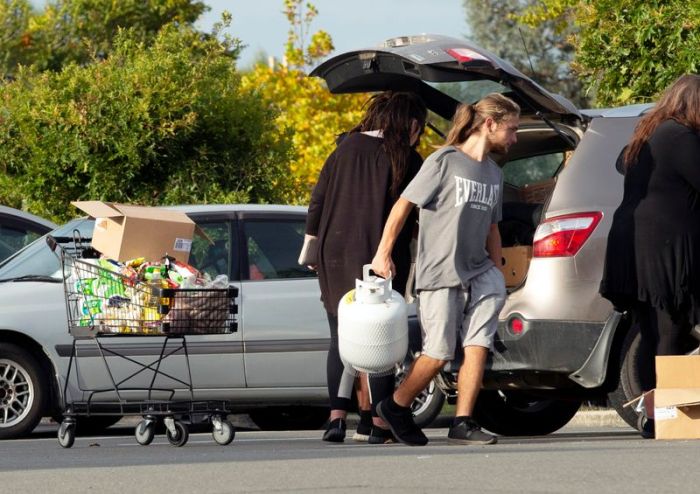LONDON (Reuters) – Prime Minister Boris Johnson set out a cautious plan on Monday to get Britain back to work, including advice on wearing home-made face coverings, though his attempt to lift the coronavirus lockdown prompted confusion and even satire.
The United Kingdom has one of the world’s highest official COVID-19 death tolls and, after criticism that he was slow to impose a lockdown, Johnson is wary of triggering a second wave of infection.
“Our challenge now is to find a way forward that preserves our hard-won gains while easing the burden of lockdown,” he told the House of Commons. “This is a supremely difficult balance.”
Opposition Labour Party leader Keir Starmer said the government had been issuing conflicting guidance that did not answer the public’s practical questions about going back to work.
“What the country needs at this time is clarity and reassurance, but at the moment both are in pretty short supply,” he said.
Having refused for several weeks to give any indication of how it planned to start relaxing the lockdown, the government opted for a gradual release of information over 24 hours, starting with a solemn televised address by Johnson on Sunday.
On Monday, the government published a 51-page document entitled “Our Plan to Rebuild: The UK Government’s COVID-19 recovery strategy”, followed by a series of sector-by-sector documents offering guidance to employers and workers.
The plan includes a staged undertaking to allow businesses to reopen, advice on avoiding public transport and wearing face coverings as well as a 14-day quarantine for most international arrivals.
But a wide range of critics said the details were nebulous and did not help people to know whether they should go back to work, how they would get there and how they could stay safe in the workplace.
DISUNITED KINGDOM
Adding to the confusion, the leaders of Scotland, Wales and Northern Ireland made clear they did not share Johnson’s approach and rejected his new core message, “stay alert”, instead sticking to the previous “stay at home” slogan.
“Why are some parts of the United Kingdom now on a different path to others?” Labour leader Starmer asked in a TV message to the public.
Johnson appeared twice, first in parliament and later at a televised news briefing where he took questions from members of the public, one of whom bluntly told him that his statements had raised more questions than they had answered.
After weeks of declining to tell the British people to wear face coverings amid contradictory scientific advice on their usefulness, the government said they should be worn in enclosed spaces where distancing is impossible.
“Homemade cloth face-coverings can help reduce the risk of transmission in some circumstances,” the plan said. “Face-coverings are not intended to help the wearer, but to protect against inadvertent transmission of the disease to others if you have it asymptomatically.”
Public Health England published an accompanying description on how to make a face covering from an old T-shirt, along with cutting advice and how to sew a homemade face covering. It said a sewing machine was optional. https://www.gov.uk/government/publications/how-to-wear-and-make-a-cloth-face-covering/how-to-wear-and-make-a-cloth-face-covering
Meanwhile, a parody of Johnson’s Sunday night address by comedian Matt Lucas was watched 4.5 million times on Twitter.
“So we are saying don’t go to work, go to work, don’t take public transport, go to work, don’t go to work, stay indoors, if you can work from home, go to work,” Lucas said in a tone strongly reminiscent of Johnson’s distinctive speech.
“And then we will or won’t, something or other.”
(Additional reporting by David Milliken, Elizabeth Piper, Kylie MacLellan and Kate Holton; Writing by Guy Faulconbridge and Estelle Shirbon; Editing by Mark Heinrich and Stephen Addison)

